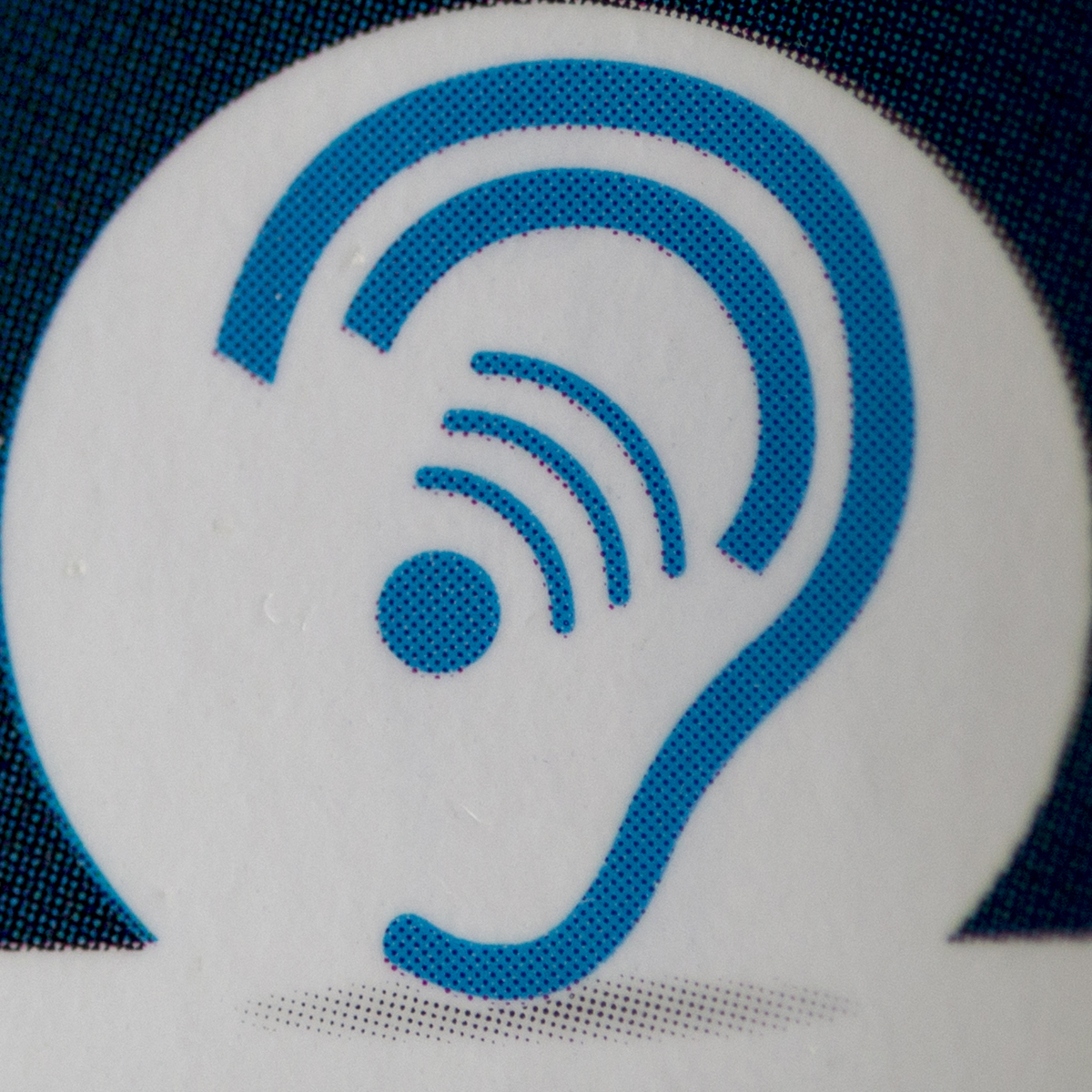
Deafness or hearing impairment
Hearing impairment is today a term preferred to deafness. It indicates the inability to detect some or all of the sounds from the environment. It can affect one or both ears.
The main types of hearing impairment or hearing loss are conductive, sensorineural and mixed hearing loss. Conductive hearing loss is caused by a problem in the outer or middle ear, which includes the eardrum, ear canal and ossicles. A structural problem or a blockage in those parts of the ear interfere with the way the sound travels through the ear and in most cases it can be repaired through surgery or medications.
Sensorineural hearing impairment or hearing loss results from a problem regarding the inner ear or the auditory nerve. This type of hearing impairment is permanent but hearing aids or implants can help restore some of the function.
Mixing hearing impairment is the result of factors including both conductive and sensorineural factors.
The degree of hearing impairment varies from person to person. Some people with hearing impairment can detect certain sounds but not the others, while some cannot hear at all and are considered deaf.
Hearing impairment can also be congenital, meaning the child is born with it, or acquired, resulting from factors which occurred at one point in life or developed progressively.
Hearing impairment and flu
Hearing impairment, especially if it is only temporary and if it is of the conductive type, often develops due to otitis media or middle ear infection. These infections are particularly common among children. In otitis media, the infection causes fluid or pus build-up which presses against the eardrum and impedes the normal traveling of the sound. This affects the hearing and even after the infection is over some of the fluid may remain, causing difficulties with hearing, for weeks or even months.
The role of flu in this case comes from the fact that otitis media can sometimes develop as a secondary infection following a bout of flu. Flu, among other things, involves secretions in the nasal passages, which are connected both to the throat and to the ear. The secretions cannot be evacuated from those structures and they become a favorable breeding ground for bacteria. The bacteria cause secondary infections in the ear and sometimes the damage from those infections can be permanent.
Deafness due to flu is not at all common. It is usually associated with otitis media secondary to viral infections of the upper respiratory tract, especially if those infections are particularly frequent. Certain anatomical abnormalities of the ear increase the risk of deafness due to flu.

















Your thoughts on this
Loading...